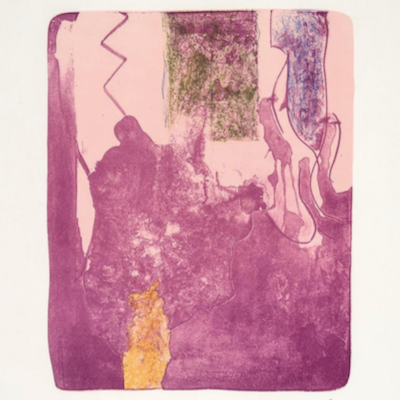
What is abstract expressionism?
Abstract Expressionism is an art movement that emerged in the United States during the 1940s and 1950s. Characterized by large, abstract canvases, the movement emphasized spontaneous, expressive brushwork and the use of color and form to convey emotion rather than represent reality. Artists like Jackson Pollock, Mark Rothko, and Willem de Kooning are key figures in this movement. Abstract Expressionism marked a shift in the art world, making New York City a center of the international art scene.
Show All
- Show All
- Established
- Discoveries
A,B,C
ARTWORKS RELATED TO ABSTRACT EXPRESSIONISM
Robert Rauschenberg
People Have Enough Trouble Without Being Intimidated by an Artichoke, 1979
Limited Edition Print
Collage
Inquire For Price
Robert Motherwell
No. 12 (from The Basque Suite), 1971
Limited Edition Print
Screen-print
Currently Not Available
Roberto Matta
Untitled XXI (from Come Detta Dentro Vo Significando), 1962
Limited Edition Print
Lithograph
Inquire For Price
Roberto Matta
Untitled (from Fog Mog Magog), 1971
Limited Edition Print
Lithograph
Currently Not Available
Roberto Matta
Untitled (from The International Association of Art Portfolio), 1970
Limited Edition Print
Screen-print
Currently Not Available

Ceramics is an art form that involves creating objects from clay. The clay is shaped, molded, and formed by hand or with specialized tools, then baked (or fired) in a high-temperature oven called a kiln. Decorative colors and special glazes can be applied to the surface, which are then fired again to finish the piece.

Offset lithography is a printing technique where the inked image is first transferred (offset) from a plate to a rubber blanket and then to the printing surface. This method combines the lithographic process, which relies on the repulsion of water and oil, to keep non-printing areas ink-free by attracting a water-based film. Offset lithography was originally developed to reduce costs in reproducing artwork and is widely used for high-volume printing due to its efficiency and ability to produce sharp, consistent images.





















